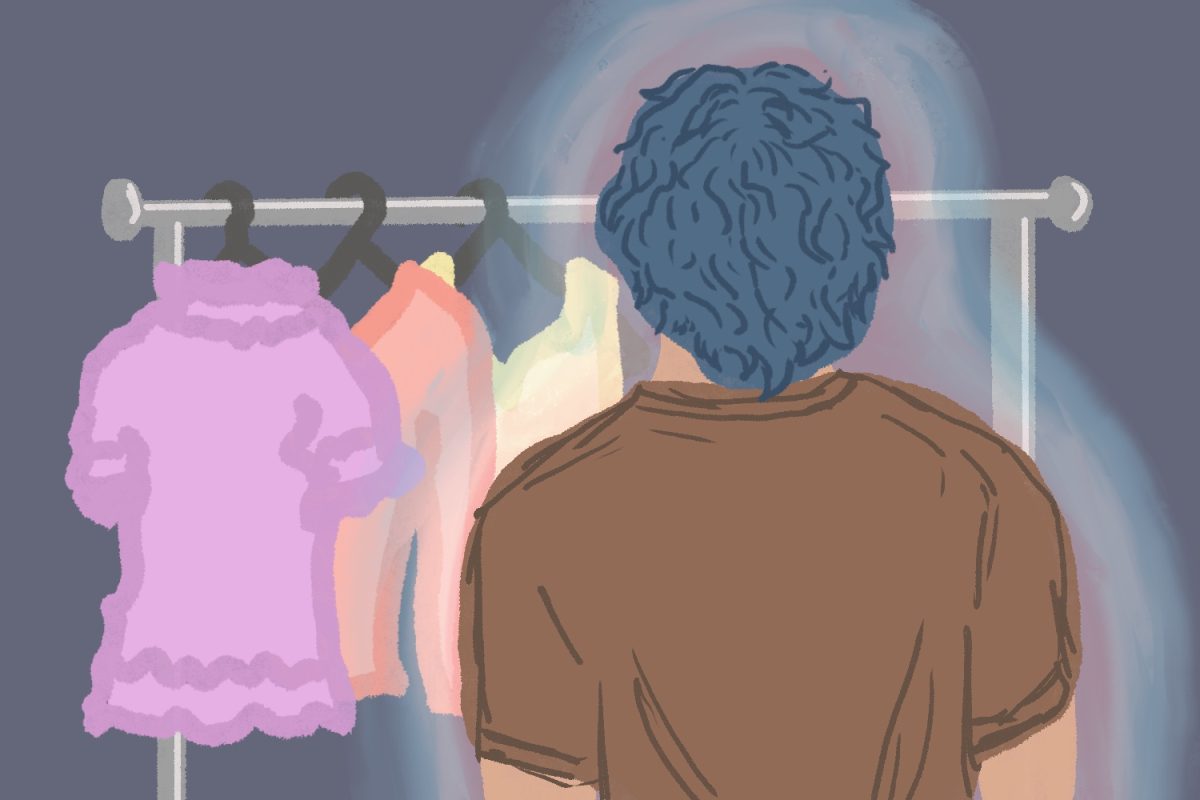This November, Florida will vote on Amendment Four, deciding whether or not to allow felons — besides those convicted of murder and sex offenses — to exercise their ability to vote in future elections. Currently, Florida is one of three states where felons do not regain their right to vote after completing the entirety of their sentence. It’s easy to demonize “criminals” and cast them aside: They broke the law, they are dangerous and they don’t deserve to be a part of society.
But what should be the point of our criminal justice system if not redemption? Deterrence is clearly the most important reason for criminal laws. However, there is a reason why not every crime is a life sentence. People make mistakes, sometimes terrible mistakes. People also consciously do heinous acts. But this isn’t ancient Mesopotamia. To repeat an old cliché: an eye for an eye makes the whole world blind.
The United States’ incarceration rate is the highest in the world. Iran has about 290 prisoners per 100,000 people; the U.S. has 725. Many people place the blame on excessive drug criminalization. But even if every drug offender is released — federal and state — the incarceration rate would be 625, well above the rest of the world.
According to The Sentencing Project, there are over six million felons, both former and current, who do not have the right to vote. In six states — Alabama, Florida, Kentucky, Mississippi, Tennessee and Virginia — more than 7 percent of the adult population is disenfranchised. It’s not a coincidence that many of the states with the highest rates are the ones who ceded from the union over 150 years ago. Through a variety of measures, voting rights are restricted whenever possible. Republicans cannot win as easily when turnout is high, so they claim “security” to restrict people’s — mostly minorities’ — capability to vote.
Overall, over 7.4 percent of the adult African-American population is disenfranchised, compared to 1.8 percent of the non-African-American population. In Florida, 1.5 million individuals are disenfranchised post-sentence. This accounts for more than a quarter of the total disenfranchised and almost half of the post-sentence disenfranchised. In Florida, every vote counts. Just ask Al Gore. Since 1980, only once has the elected president not won Florida.
In 2016, Trump won Florida by 1.3 percent, which is about 120,000 votes. If 1.5 million Floridian citizens regained their right to vote, half went to the voting booths, and at least 61 percent (which is likely considering the percentage of minorities who would gain back their rights) voted for Clinton, Florida would’ve gone blue. Sadly, Trump would still be in the White House. The point of voting yes on Amendment Four isn’t to help Democrats. The point of voting yes on Amendment Four is to ensure every American’s (besides murderers and rapists) right to have their government ensure their interests.
Former felons pay taxes, they shop at local grocery stores and they raise families. When we release them from prison, they should be released from imprisonment. It seems that serving your time is — in actuality — a life sentence. Upon release, it’s too hard to find a job and impossible to vote. Amendment Four won’t solve a lot of the issues former felons face. Nor will it drastically improve their quality of life.
Having the ability to vote is taken for granted for many reasons: most people never don’t have it, they never have to fight for it, and even when they have it, it only makes a tiny impact. But the symbolic nature of ending the restriction of voting on a whole class of people is immense.






















































































































